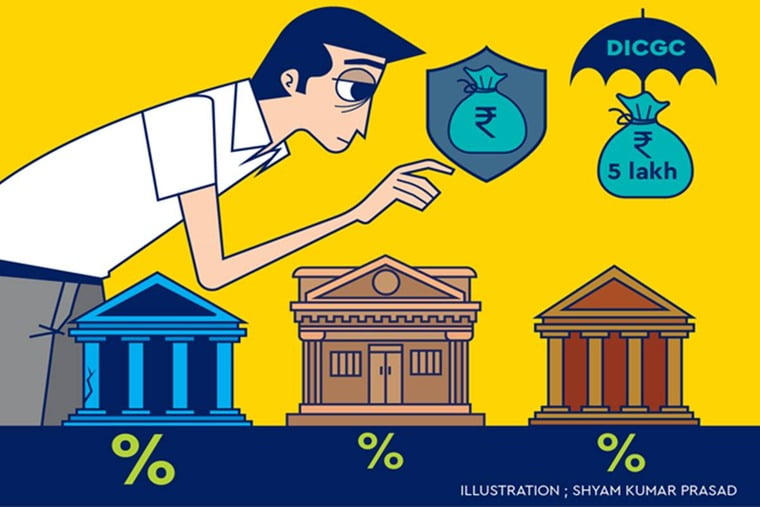One of the pet peeves of customers of bank loans, and rightfully so, is that banks are quick to raise loan rates when interest rates are moving up, but slow to reduce when rates are easing. Even RBI has been nudging banks that after 110 basis points repo rate cut since February 2019, lending rates have hardly come down. In this backdrop, with nudge and order from RBI, banks will launch floating rate loans linked to an external benchmark.
Internal benchmark
Let’s see what are internal and external benchmarks. Bank loans are benchmarked to marginal cost-based lending rate (MCLR), which is a function of the cost of funds (deposit rates) of that bank. The deposit cost is decided by that bank, i.e., without any direct interference from RBI or any other agency; hence it is an internal benchmark. An external benchmark is that which is not decided or influenced by the bank. Repo rate, i.e., rate at which RBI lends to banks for one day, is decided by the Monetary Policy Committee of the RBI, hence it is an external benchmark.
External benchmark
The whole idea is, if bank loans are benchmarked or linked to an external parameter, changes in interest rates have to be passed on quickly to customers. However, when interest rates in the economy are coming down or RBI is giving a signal by reducing the repo rate, banks are often slow in passing the benefit to existing customers.
Prior to implementation of MCLR from 2016, in the regime of prime lending rate, this passage was even slower. On the other hand, when interest rate is rising, banks are relatively fast to react. If the benchmark is external, the bank does not have any control or influence, and the reset of loan rates will be more equitable and fair.
From October 1, 2019, all new floating rate loans will be linked to either the RBI repo rate, or Treasury Bill yield (3 month / 6 month), or any other benchmark interest rate published by Financial Benchmarks India Pvt Ltd (FBIL). The bank will charge a margin over this. The RBI circular says loan rate reset shall be done at least once in three months, hence passage of loan rate changes to the customer would not be delayed for too long.
Effective loan rate
To be noted, loan rates coming down is not a one-way street. When interest rates in the economy are rising, the external benchmark may rise faster than you estimate. Since the loan is for a long tenure, interest rate cycle can reverse. However, if the turnaround happens after a considerable period of time, you would have paid a chunk of your principal.
The other factor is the charges levied by the bank and the effective loan rate after processing fees, etc. While comparing between banks, look at the ultimate loan rate and EMI for a given amount. For taking floating rate loans, you may prefer banks over NBFCs, as the RBI circular is addressed to banks and NBFCs need not externally benchmark loans.
The external benchmarking would be beneficial for you than the existing regime, because in spite of the bank’s margin, rate resets will be fair. From a macro perspective, external-benchmarked loan rate is a positive for passage of RBI rate signals, particularly on a rate easing cycle, as this will create competition for fixed rate loans as well. However, since bank deposit rate is not on floating rate, banks will pass on rate revisions to deposits, faster than earlier.
Source: https://www.financialexpress.com/money/will-external-benchmark-bring-down-loan-rates/1700104/


